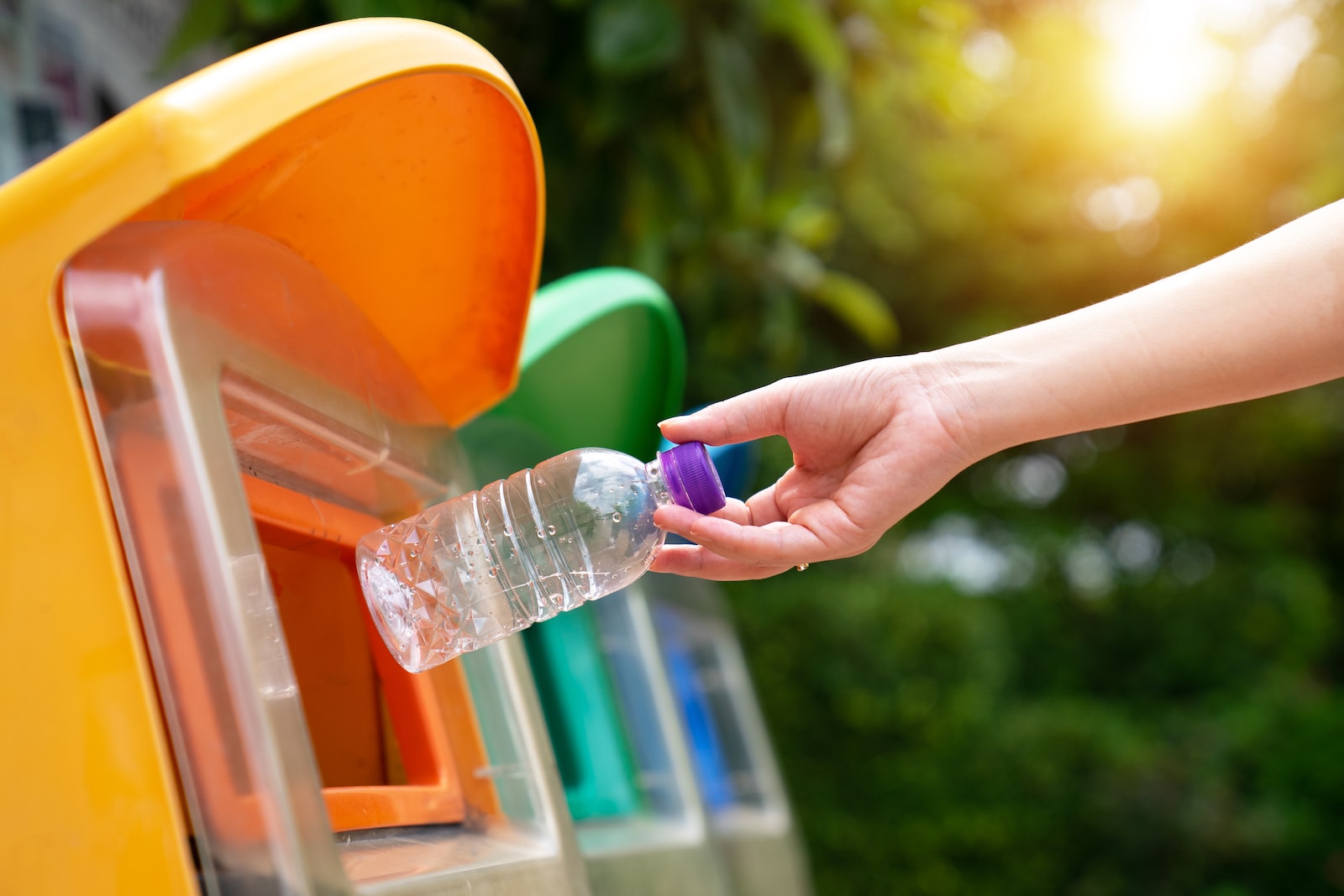Tuesday, May 14, 2024
Common, everyday items like the cables we use to power our lights and connect to the internet, or electronic and medical devices, are made of plastic. Though it has many virtues, properly recycling it can be a challenging task.
By María Ramos Domínguez
It can be easily molded, it’s lightweight, durable, resistant, and it boasts high insulation capabilities. According to the report Plastics - the fast Facts 2023, by the pan-European association of plastic producers Plastics Europe, global production of this material reached 400.3 million tons in 2022, a remarkable figure in an industry with less than two centuries of history.
Although the Olmec culture started processing natural rubber 3,500 years ago, it wasn’t until the 19th century that elements such as cellulose, polyvinyl chloride, and artificial rubber were isolated and discovered. From the 1930s onwards, this research led to plastics becoming widely used in many fields.
Each plastic has its use and container
But not all plastics are the same. To differentiate them, in 1988 the US Society of the Plastics Industry, now known as the Plastics Industry Association, proposed a classification system: the Resin Identification Code. It distinguishes between seven types based on the plastic resin used in their manufacturing process, identified by a mark printed on the product: a number located in the center of the international recycling symbol. It may also include a letter code below the symbol.
ASTM International - the international standards organization responsible for managing the system - points out that this code isn't a recycling system, but rather a tool in the process, because identifying the material lets people know the best way to reuse it. While most plastics are recyclable, there are some that cannot be conventionally recycled due to their properties. This is the case with PVC and PS.
The first type of plastic is polyethylene terephthalate, PET or PETE. Flexible and lightweight, it’s commonly used in food packaging, such as water or soda bottles, and in polyester. PET is a completely recyclable material. Removing labels from it isn't necessary, but it is advisable to rinse it out and dry it before placing it in the yellow recycling container.
High-density polyethylene or HDPE is much stronger. It’s found in non-transparent containers, such as those used for cleaning products, milk bottles, pharmaceutical products like creams or other bottles and containers. It can be reused to make new packaging or pieces of furniture. Just like with PET, it’s recommended that the containers be rinsed before disposing of them in the yellow recycling container.
Polyvinyl chloride or PVC is the most commonly used plastic after polyethylene. In its rigid form, it offers significant resistance and strength, making it ideal for construction applications such as piping. Flexible PVC is used, among others, in wiring, soles, or waterproof fabrics. While it’s not readily recyclable (and can’t be disposed of in the yellow recycling bin), it can still be used in a variety of ways if taken to facilities equipped with the appropriate recycling technologies.
The fourth type is LDPE or low-density polyethylene, the most commonly used in packaging due to its flexibility, low cost, and safety in food environments. Easily recyclable, it can be found in plastic bags, cling film, or bubble wrap, and as insulation in electrical cables. However, its low density can contaminate other materials during the recycling process, so it's advisable to separate it from other types and find out where it's collected in your area. Generally, at the Recycling Centers.
Polypropylene (PP) is heat-resistant and sterilizable, two qualities which make it suitable for various applications, such as food containers, kitchenware, or medical equipment. It’s completely recyclable, and rinsing it out before taking it to the yellow recycling container is advised.
Not like polystyrene or PS, which is less reusable. Thanks to its insulating and durable properties, this plastic is used in construction, thermal food packaging, and laboratory equipment. It’s also used in appliances and toys. It can be taken to the yellow recycling container to be recycled into polystyrene pieces again.
The seventh category serves as a catch-all for other types of plastics, often combinations of various polymers, which due to their mixed nature are not always easy to reuse and must be taken to the Recycling Center or municipal center where this type of waste is collected.
Circularity applied to plastic
In the European Union, it's estimated that each person generated an average of 189 kilograms of packaging waste alone in 2021. The widespread use of plastics requires action to reduce their environmental impact and integrate circular economy principles into the life cycle of this material. These measures are being gradually implemented: the Plastics Europe report highlights how circular plastics production grew by 29% in Europe compared to 2018 and now accounts for almost 20% of the total in the region.
Plastic waste management initiatives and recycling technology could reduce plastic waste disposal by nearly 80% by 2040, according to a study published in Science.
In fact, pioneering initiatives are already underway, such as the one developed by Moeve to produce phenol and acetone from single-use plastics discarded in the gray trash container. These waste materials, after treatment, were used as raw material for energy production. But there are other similar projects where innovation plays a central role, showcasing the potential of plastics within the circular economy while promoting sustainability. Such is the case of Plastic Repair System, a company that specializes in repairing large volumes of RTP. These initials refer to packaging used to transport returnable items, such as pallets or containers, with the goal of allowing them to be reused to extend their useful life.
¿Te ha parecido interesante?





